I help as a guide in running members’ tours around the East Lancashire Railway, a large heritage railway based in Bury, near Manchester. These monthly tours are well attended. On the last tour this year I was able to take the Leica M6 and 7Artisans 35mm f2 lens along with me in an attempt to get some black & white pictures on T-Max 400, whilst also keeping an eye on the tour members, who have a tendency to wander ‘off piste’.
A few quick facts about the ELR. It has a single track 12 miles in length with seven stations. The track runs on the original track bed of part of the Manchester to Bacup line down the Irwell valley, and part of the Rochdale to Bolton line. The head office for the ELR was and still is Bury. They hold over 30 special events every year including the most popular Steam, Diesel and DMU galas. The dining trains are very busy, often booked months in advance, and can be personally recommended with first class dining coaches and food.
The ELR Preservation Society has over 800 working volunteers who run all aspects of the railway. Every month we give behind the scenes tours to encourage members to become working members. We visit many parts of the railway, most of which are off limits to the general public, including the ticket office, museum, carriage shed, diesel and steamsheds, storage yards as well as an original signal box and the signal and telecom yard. Tours take four and a half hours; it’s a grand day out … and it’s free.
The tour starts with a look at the ticket office, museum and diesel shed, then taking a train from Bury to Ramsbottom to visit Ramsbottom signal box. This box is original and has wooden crossing gates hand wound across the main road with a huge wheel; the signalling department has four boxes.
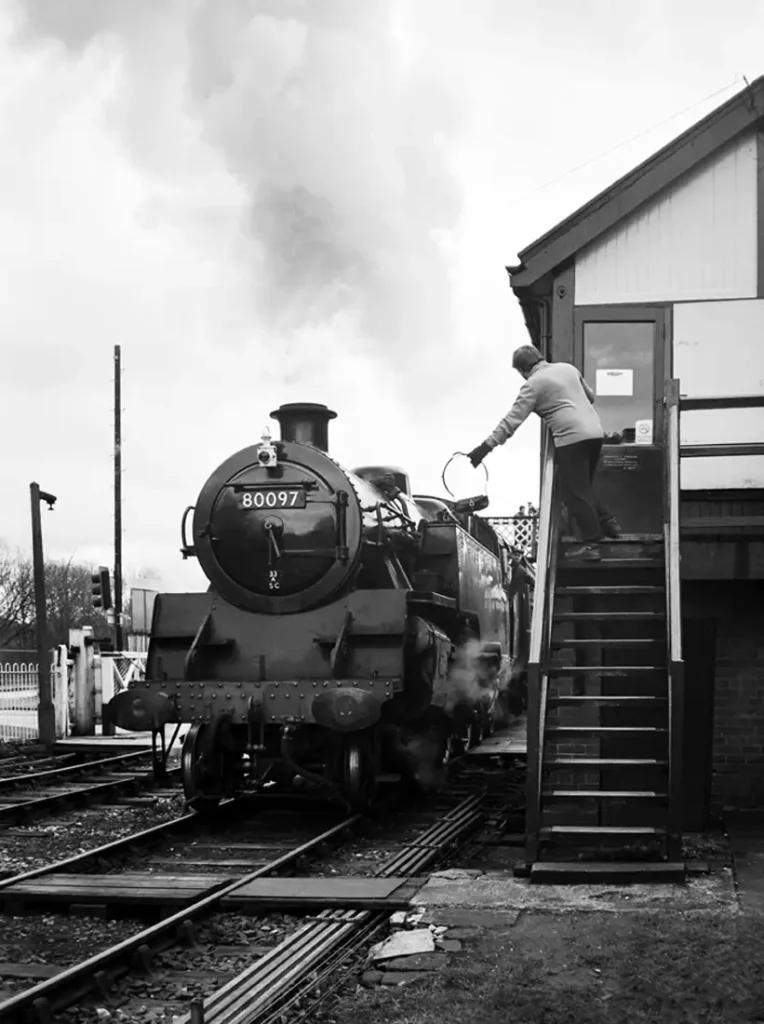
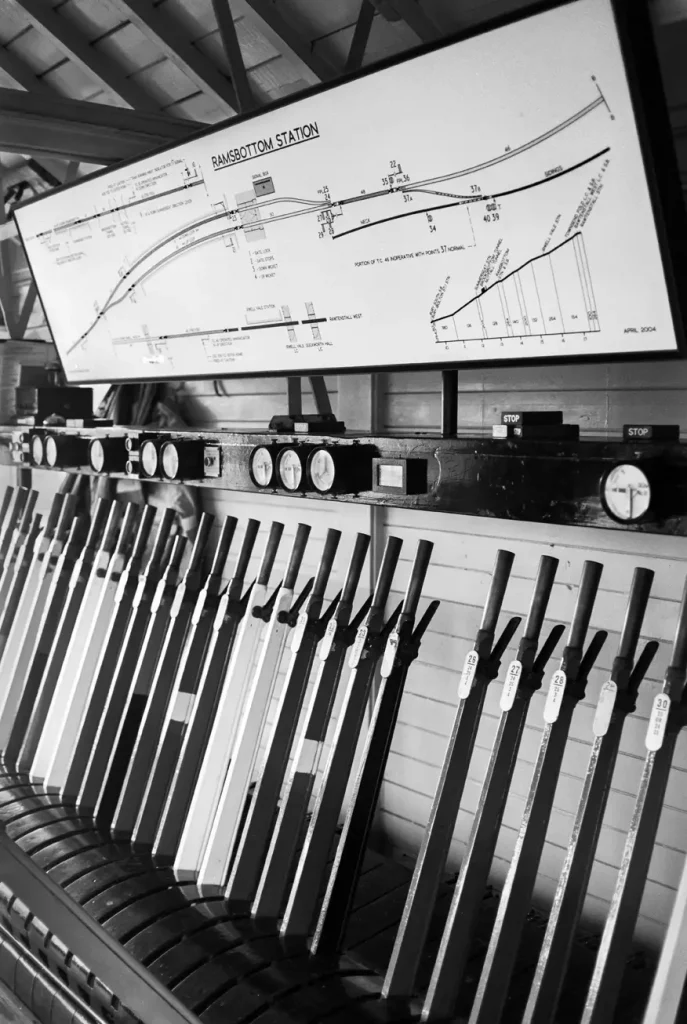
Travelling back to Bury our next stop is the signal and telecom department. The S&T maintains and builds new signalling and telecom systems to the BR standard.
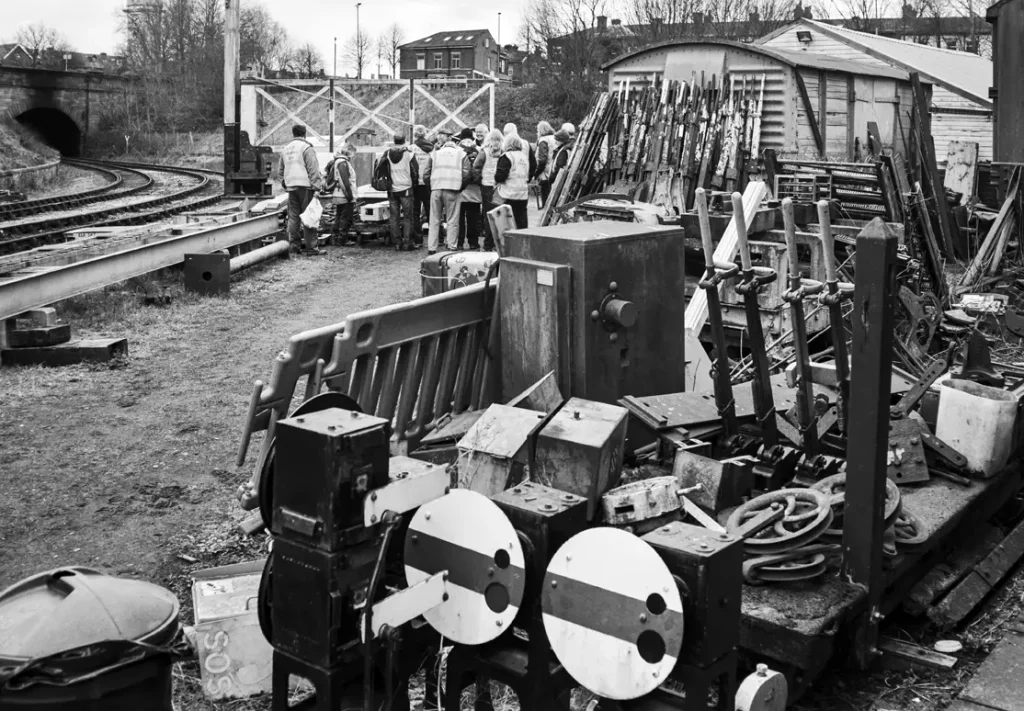
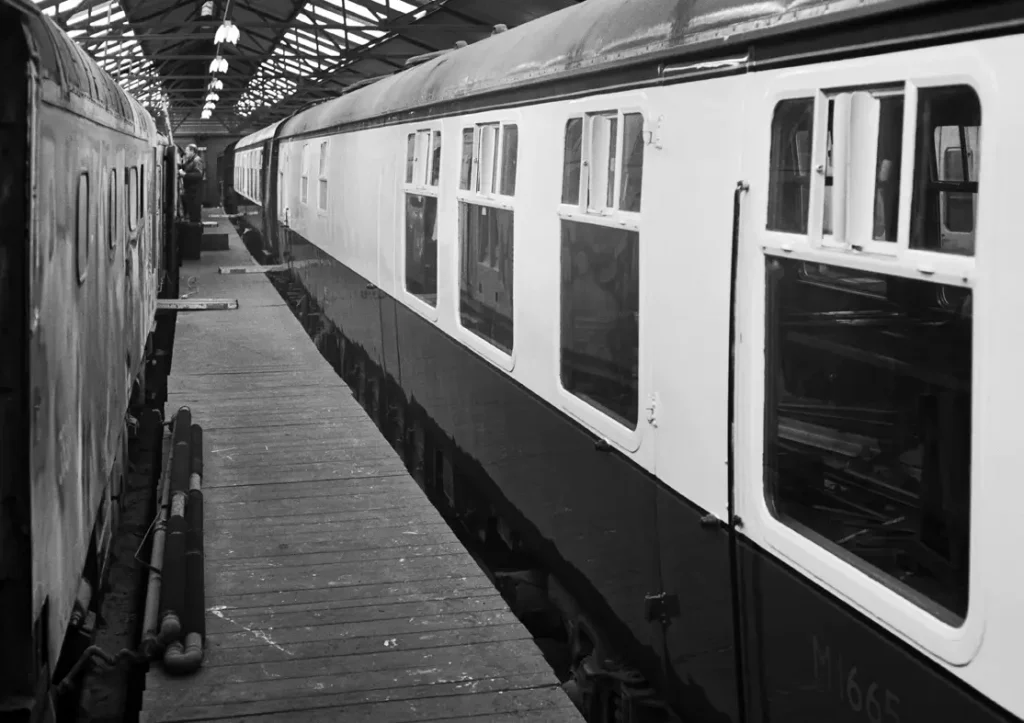
In this shed BR Mk1 coaching stock and wagons are restored from rusting hulks to better than new. A freshly painted restaurant car is being restored for the new cream tea train. Maintenance of the huge amount of rolling stock is a full time job in the carriage shed. There are paid members of staff in the carriage and steam shed for this work.
Buckley Wells steam shed at Bury is one of the oldest nearly continuously operating sheds in the UK, built in 1865. Amongst many loco restorations made in the shed, the Flying Scotsman is the most famous. The Flying Scotsman comes back regularly for servicing and was in the shed that day, keeping away from prying eyes and having a spit and polish.
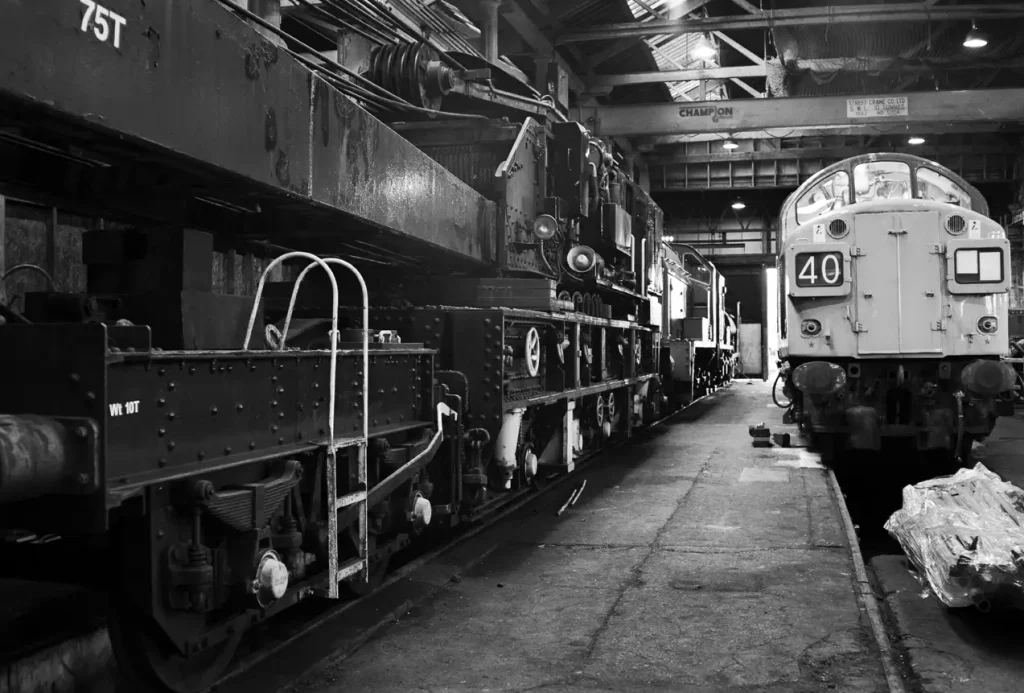
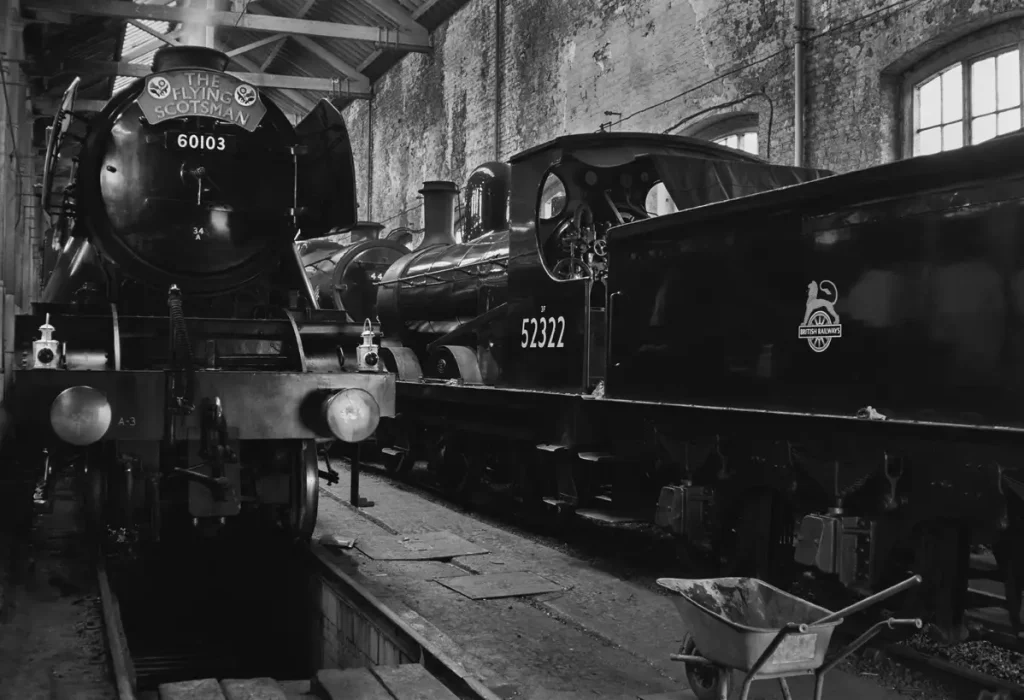
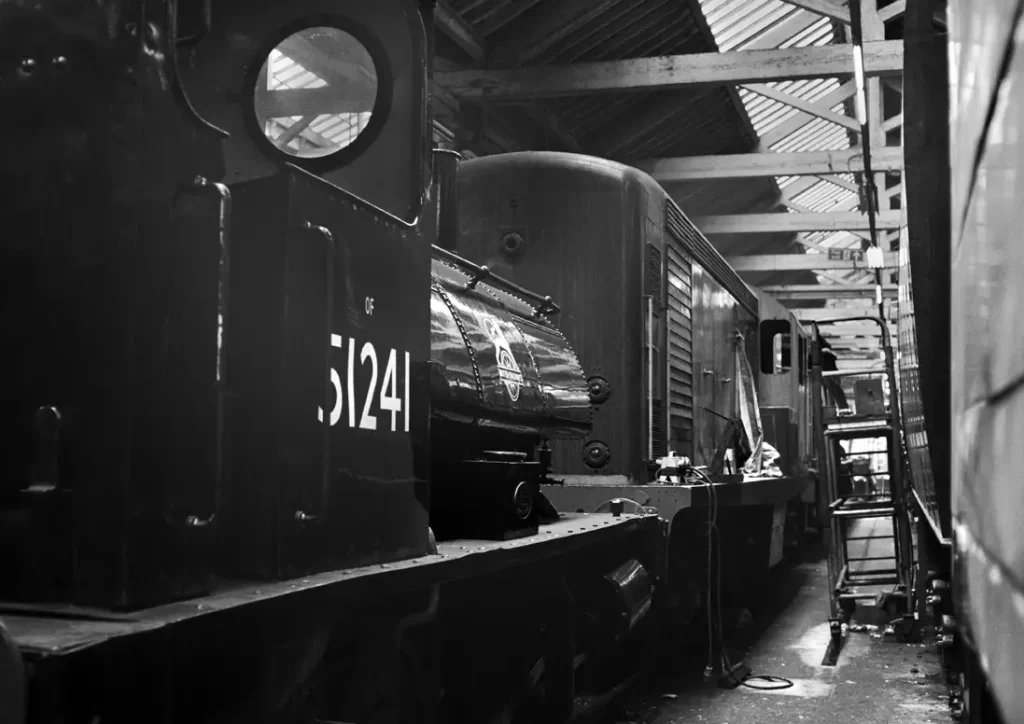
The steam shed can handle most work on a loco except building boilers and it is not unusual to see locos in many parts spread over the workshops. There is a saying in the shed that if you are going to tighten a nut you need to take three spanners – an AF, a Whitworth and a Metric, as you’re never sure which you’ll need. The sheds are quite dark so I was resting the camera on locos, wooden benches, doors, anywhere I could get a solid base for a long exposure. It wasn’t practical to take a tripod; we tour around the railway quite quickly, so no time to set up photos.
I hope you train buffs enjoyed the photos. I don’t have a great knowledge of British heritage railways and their history, but enjoy being a very small cog in the works. I was a also a professional train guard for 14 years before retiring.
Thanks for reading
You can find more of my content on 35mmc here
Share this post:
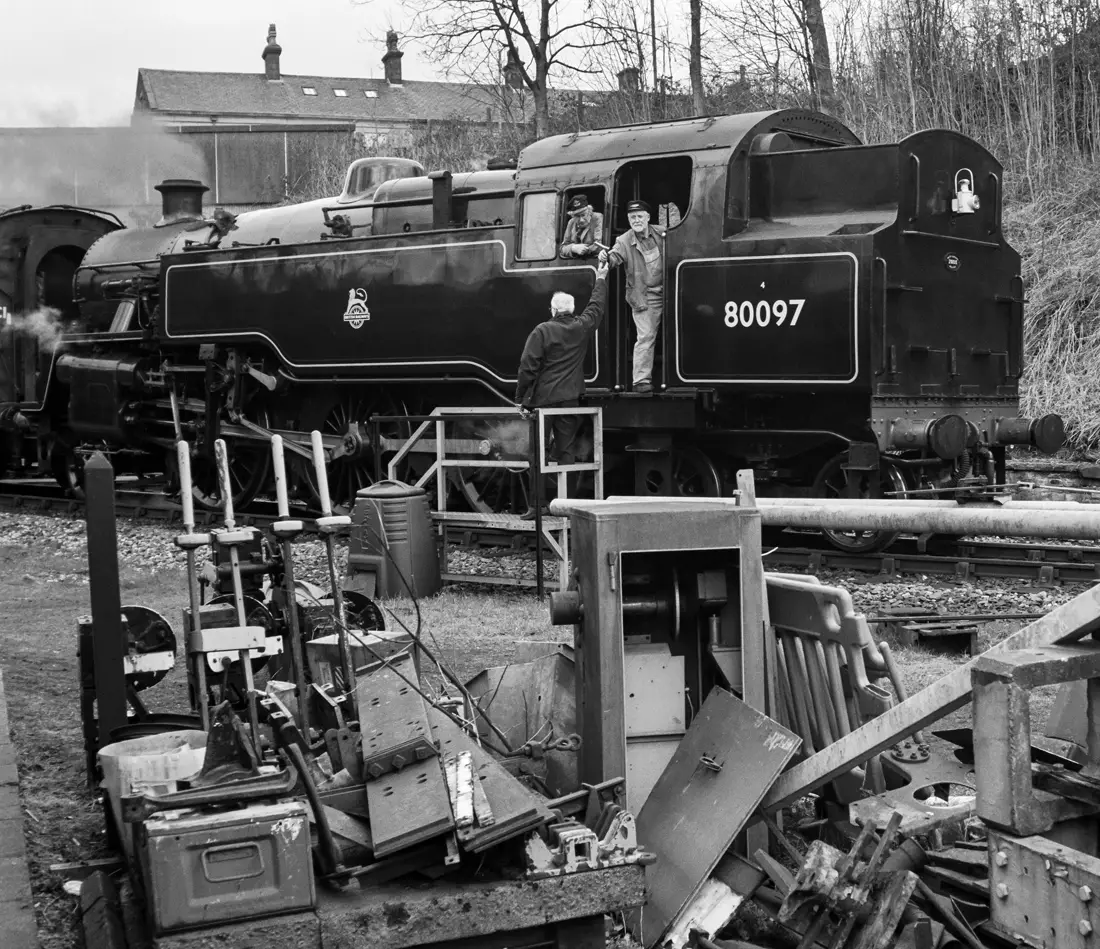








Comments
Christopher John Smith on Behind the scenes at the East Lancashire Railway – By Phil Harrison
Comment posted: 24/07/2020
Comment posted: 24/07/2020
Graham Spinks on Behind the scenes at the East Lancashire Railway – By Phil Harrison
Comment posted: 25/07/2020
Comment posted: 25/07/2020
Sroyon on Behind the scenes at the East Lancashire Railway – By Phil Harrison
Comment posted: 25/07/2020
Comment posted: 25/07/2020
Huss on Behind the scenes at the East Lancashire Railway – By Phil Harrison
Comment posted: 28/07/2020
I think Hamish sells it,,,,
;)
Comment posted: 28/07/2020
Jerry Scoby on Behind the scenes at the East Lancashire Railway – By Phil Harrison
Comment posted: 14/08/2022
Comment posted: 14/08/2022